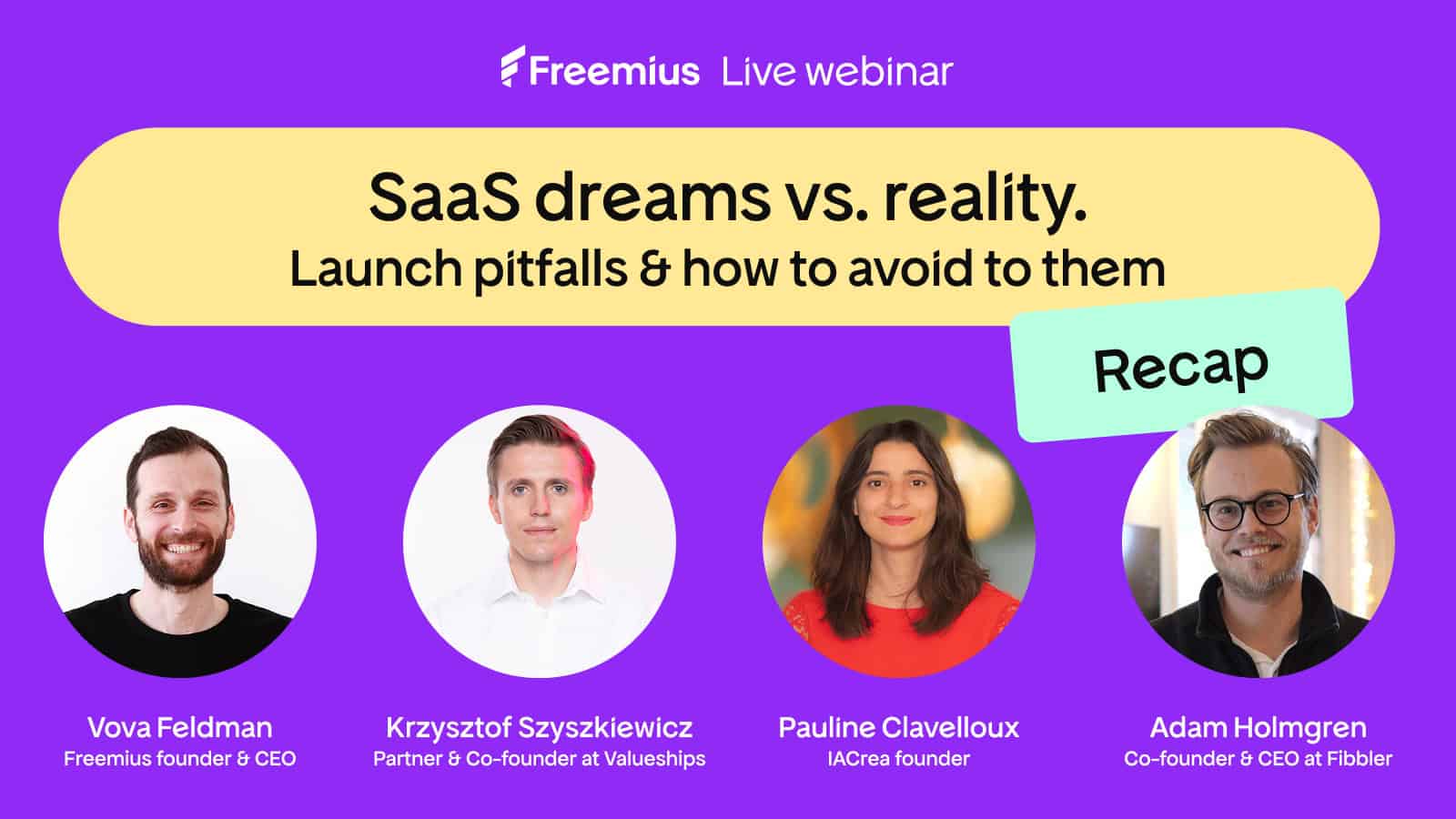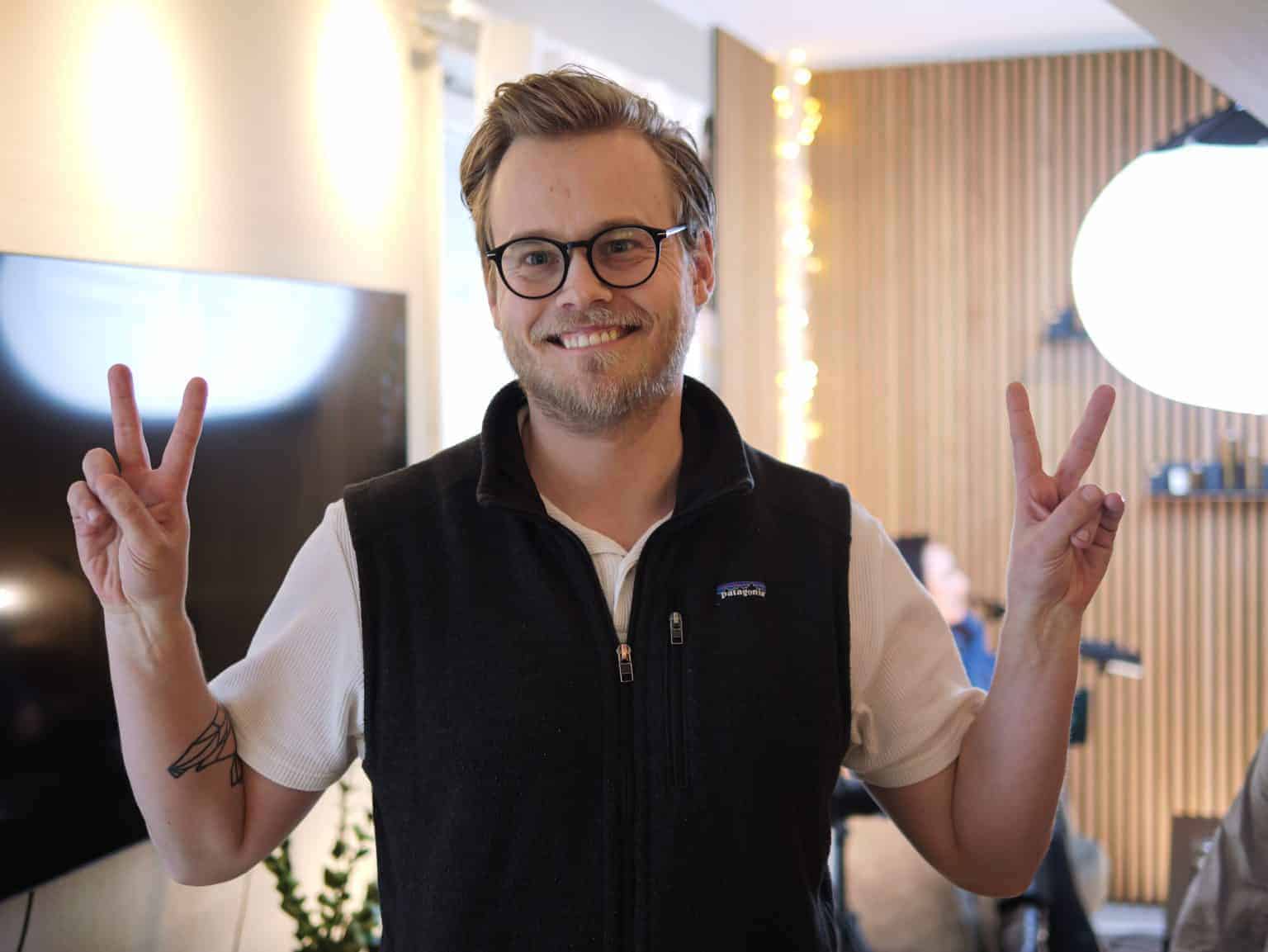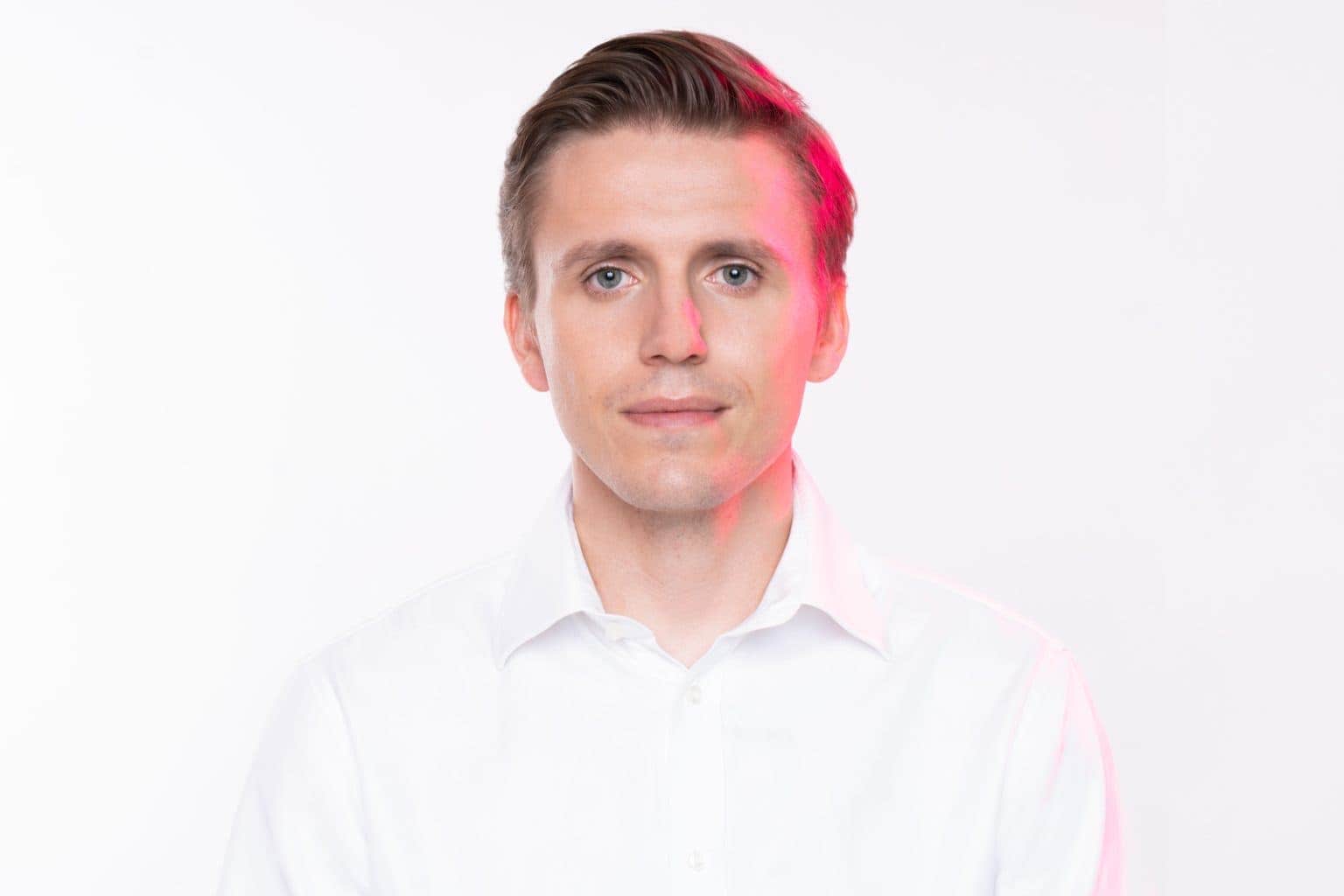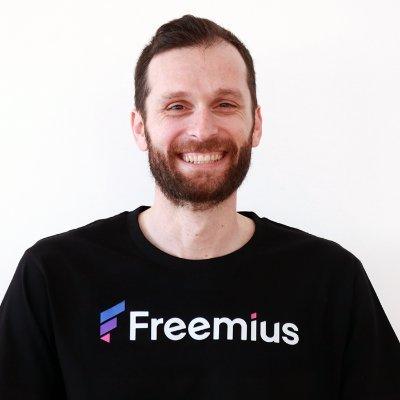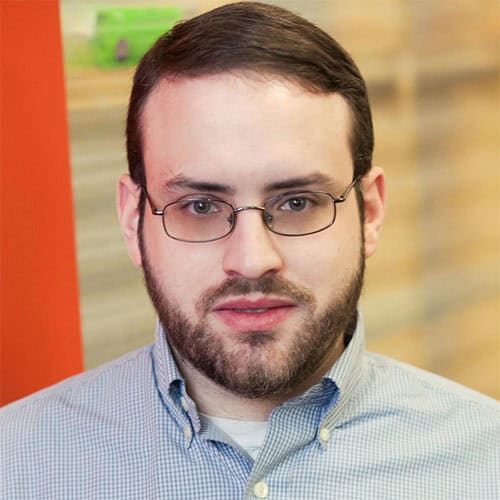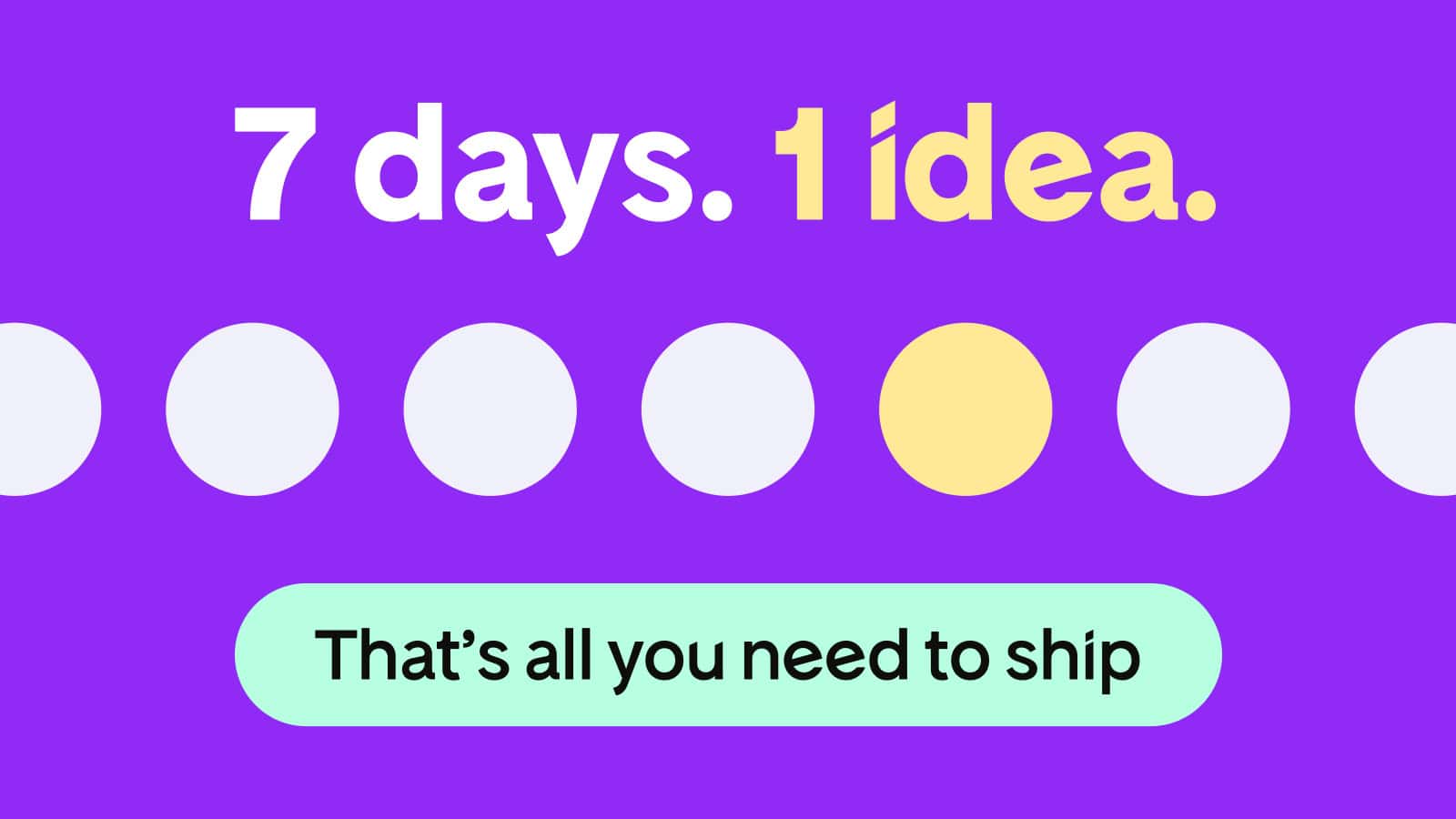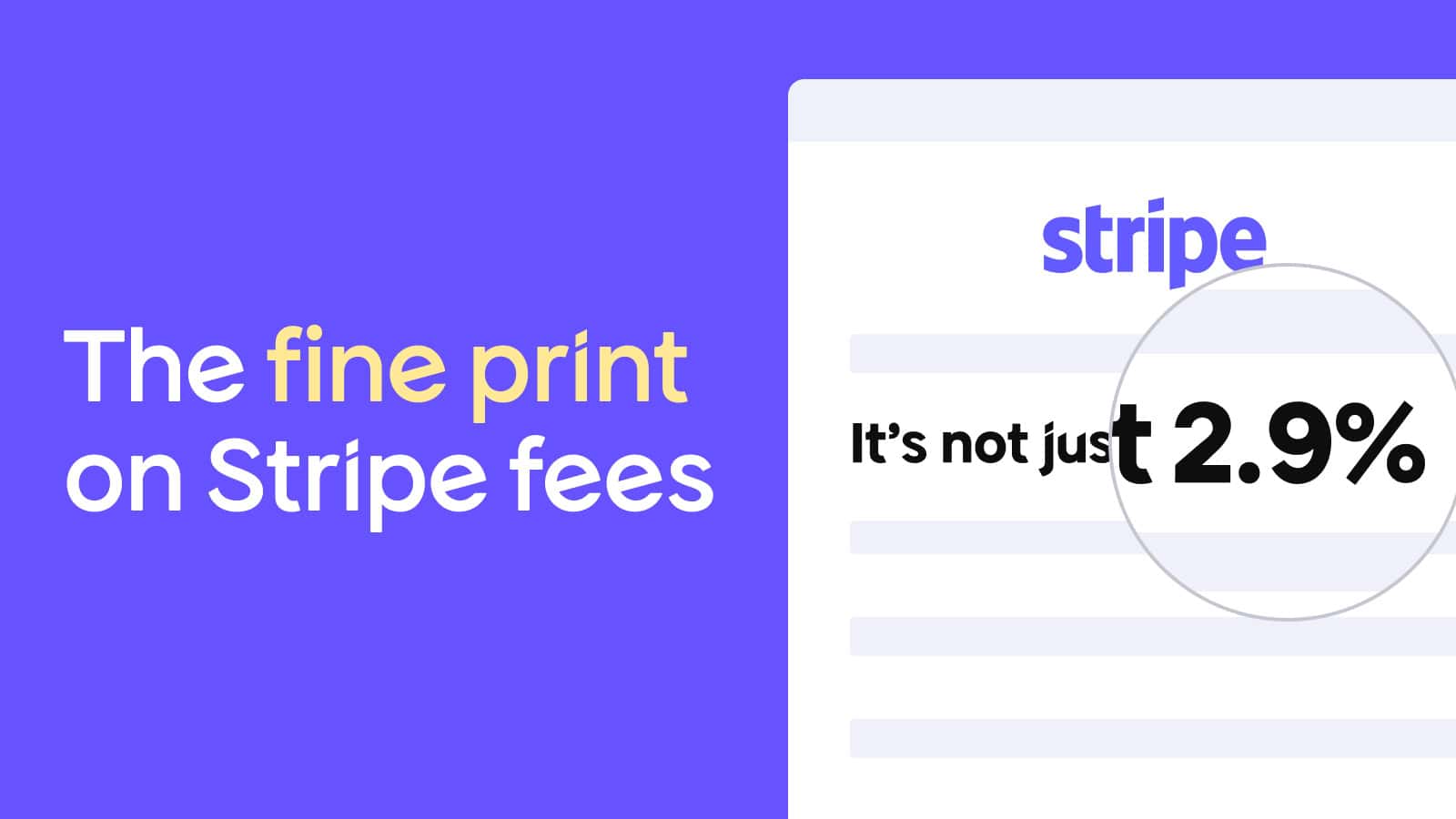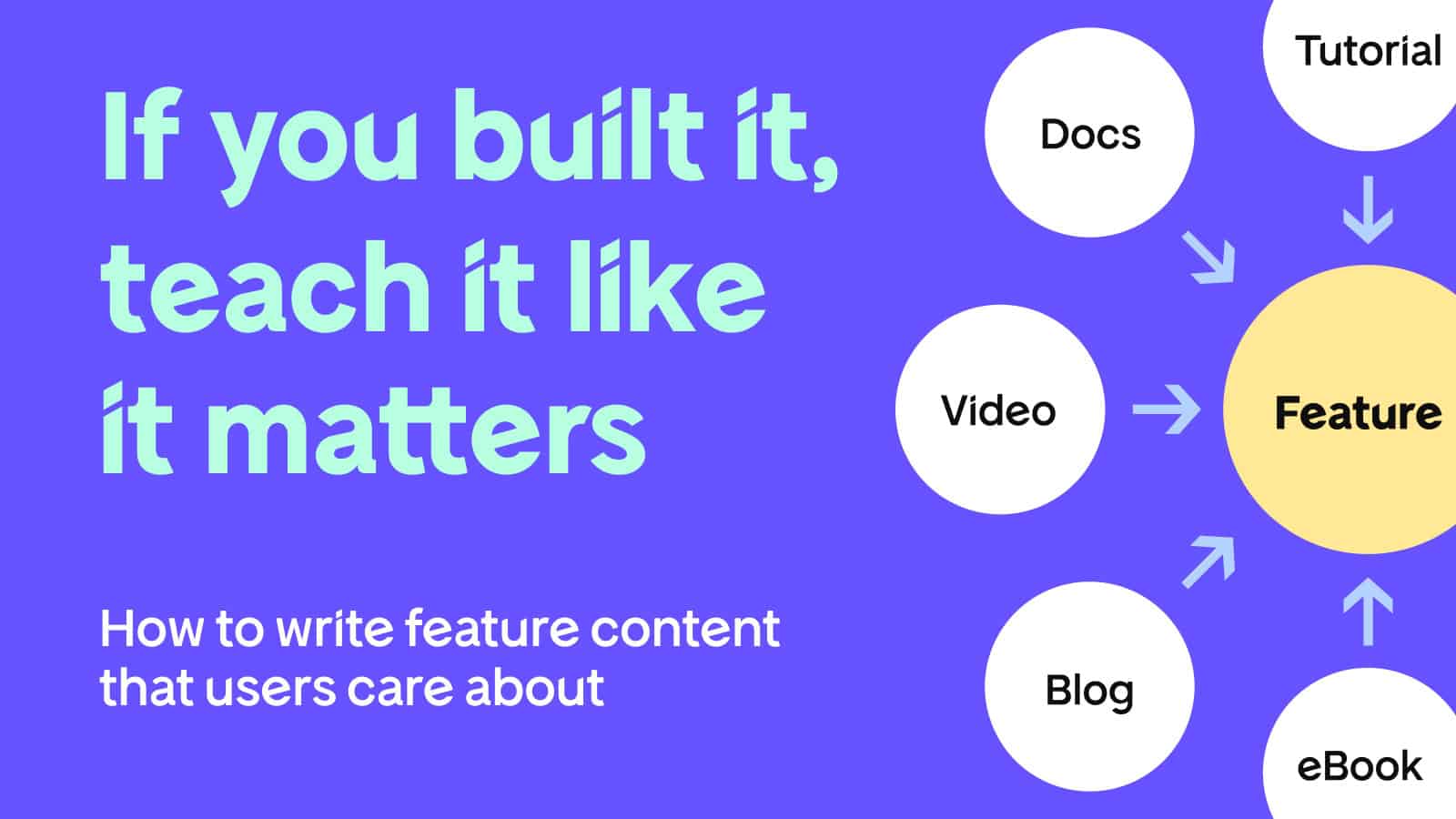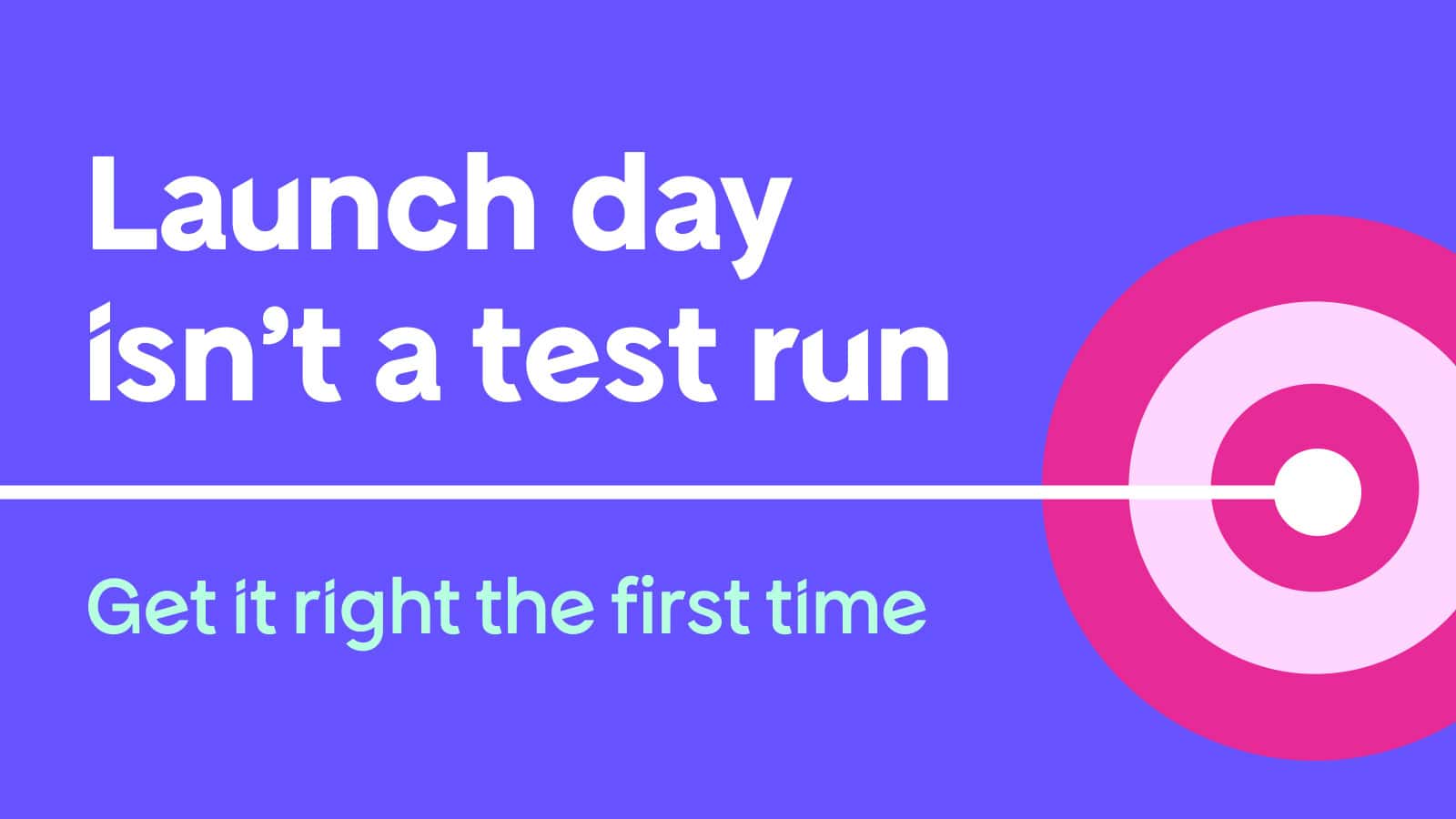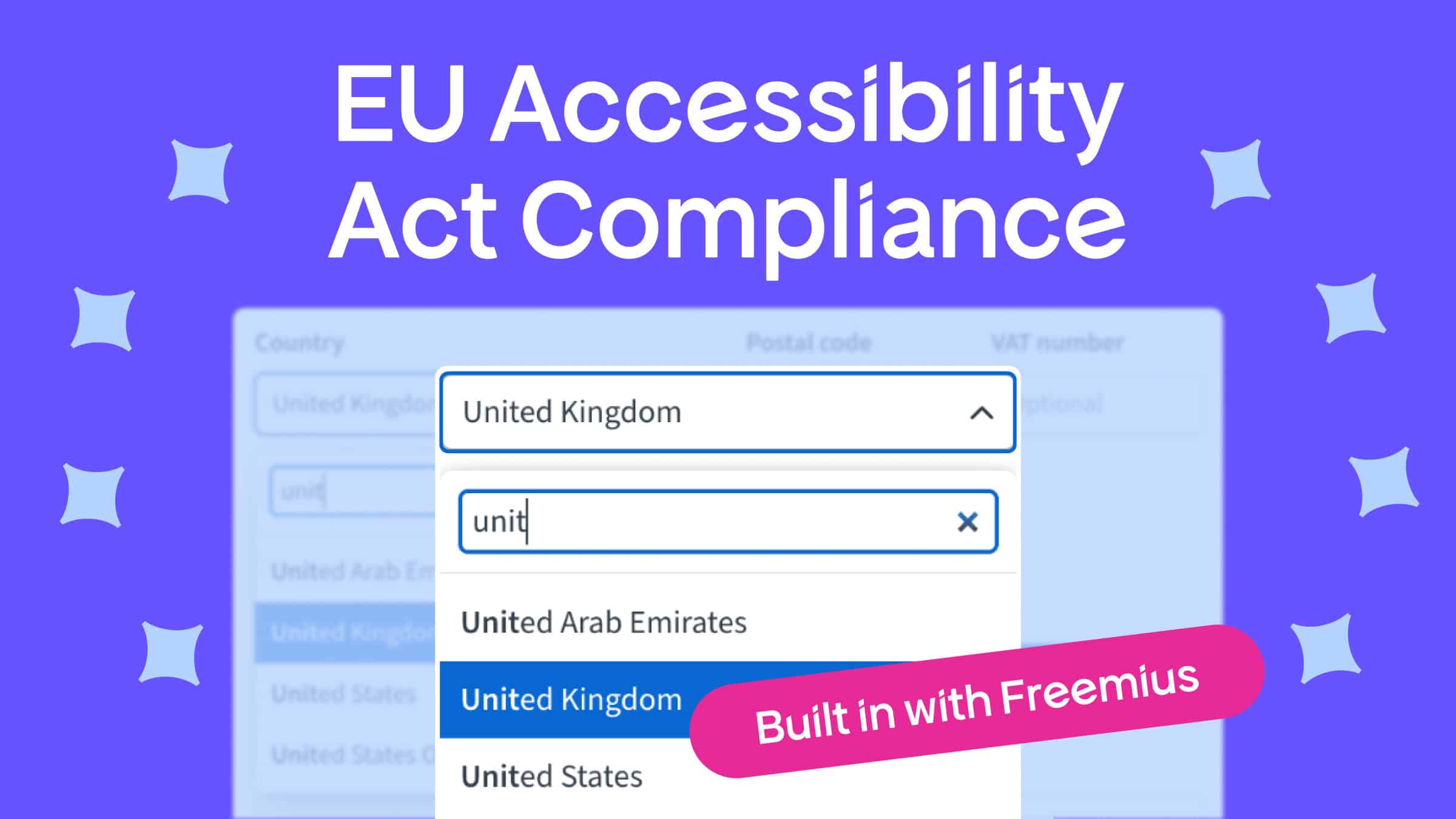|
|
Thousands dream of building a SaaS. Many never get past the starting line.
That’s how Vova Feldman — founder of Freemius — opened the session. The SaaS dream is alive and well, but the path is full of pitfalls: building too much, pricing too low, struggling to get those first real users.
Part one of our webinar series is the source of truth for what it takes to move forward when things don’t go to plan. You’ll hear honest strategies from founders who’ve launched, failed, learned, and grown — and who are still building with purpose.
From MVPs to tech stacks to early marketing wins, What you need to know before launching your first SaaS delivers the insights and firsthand lessons makers need to break through the barriers where most get stuck.
The Panelists
Meet the leaders, founders, and builders (and brains) behind the first part of our SaaS launch series:
The insights in this recap are just scratching the surface. For the deeper story:
Now, let’s dive into where our experts began: turning raw ideas into real SaaS products.
From Idea to Action: Where to Begin
“Find your audience before your framework.”
That was the shared mantra from both Pauline and Adam, who didn’t sugarcoat the first (and often fatal) mistake founders make: building in isolation.
Pauline reflected on a failed crypto SaaS from years ago: “If you don’t have an audience, don’t build yet.” She launched, tweeted… and nothing happened. No community, channel, or users. That misstep now shapes how she validates every product.
Adam drove the point home: “Start building an audience around a niche, create content, help people for free, get them to trust you. When you’ve been talking to people for months, the product becomes obvious.”
Your early community conversations will surface the real problem. No speculative roadmap required.
Vova added a final layer: “You don’t want to build something, put it out there, and realize you were completely off with your assumptions, especially around pricing.” He urged founders to validate urgency, not only demand.
| Core truth: Don’t build in a vacuum. Listen first, code second. The real traction starts with real people and the problems they need solved. |
Customer insight then feeds directly into your pricing decisions, and whether they’ll support a real business.
Pricing Pitfalls and Smart Starts
If there’s one SaaS minefield that even seasoned makers stumble into, it’s pricing. Whether you’re launching your first app or iterating on version five, how you charge can shape your growth trajectory from day one.
Vova shared how he started charging just $1 for his first SaaS. He gradually raised it to $2, then $4, then $8, with no dip in conversions. The takeaway? He’d been underpricing all along.
Krzysztof emphasized the importance of your value metric (the thing your pricing is based on). Whether it’s per user, per credit, or per action, your structure should match the value your users get. This is especially true for usage-based and AI-powered tools, where flat fees often miss the mark.
His advice: build a model that grows with your users and still feels fair.
Adam recommends a hands-on approach: “Just ask people to buy it. Pre-sell it. Try, ‘This is $99 — would you pay for it?’ You’ll learn more from direct conversations than spreadsheets.”
Pauline learned from a competitor’s surprise launch. It forced her to rethink her pricing and pivot to multiple tiers based on different use cases — like creators vs. businesses. Flexibility became a strength for her.
Vova closed the loop with a reminder: if you’re using a merchant of record like Freemius, you can start selling your SaaS right away — even before incorporating a company. Since Freemius is the legal seller of record, you’re covered from day one. You won’t need to set up a legal entity or deal with the legal requirements until you’re ready to withdraw your revenue, giving you space to validate product–market fit before taking on that admin.
| Core truth: Anchor pricing to real value, test early, and stay flexible. What you charge can either accelerate your SaaS or quietly hold it back. |
With your pricing assumptions in motion, it’s time to put them to the test by shipping something real…
MVPs: Build Fast, Test Faster
Don’t romanticize the MVP — ship it.
Adam once spent eight months building a product without talking to users or doing outreach. “I launched it into the void.”
Today, he’d aim for one month and validate ideas with mockups, Google Docs, Notion, or Figma. “Just send it to your co-founder and say, ‘Let’s build this.’ You don’t need code to test if the value is real.”
Pauline backed his lean mindset. Her first version had clunky UX and a messy backend, but it solved a real problem, and people signed up anyway. “As long as it solves a real problem, even a rough version is worth sharing.”
Krzysztof challenged the idea that long research cycles are safer. “With all the tools available today, you don’t need six months of research. Just build something, get feedback, iterate. Modern SaaS rewards speed and feedback loops.”
But Vova pointed out that speed alone isn’t enough. Without a deadline, you risk endless tinkering. “Set a hard stop and don’t compromise on it. Without that line in the sand, you’ll just keep improving the MVP forever and forever.” For Vova, momentum comes from constraints, not perfection.
| Core truth: Don’t aim for flawless. Aim for fast feedback on real value, and put guardrails in place to actually ship your MVP. |
Tech Stack: Keep It Simple, Make It Work
You don’t need flashy tech. You need tools that are stable, familiar, and support your goals.
Pauline shared her stack — “Next.js, Supabase, Stripe” — and stressed speed over novelty. Using what you know helps you move faster. The focus, she said, should be on building value, not learning new frameworks mid-launch.
Adam echoed that mindset. “People obsess about their stack, but it’s the marketing and distribution that make or break you.”
His essentials: Stripe for payments, Slack internally, and HubSpot for basic marketing flows. His advice? “Track less, sell more. Your first 100 users won’t care what your backend looks like.”
Krzysztof offered a strategic lens: your stack impacts pricing and scalability. “Are you charging per API call? Per credit? Your tech will affect how you meter and enforce that.” For him, tech isn’t just a dev decision — it’s baked into your business model.
| Core truth: A smart stack supports your goals. Don’t overthink it. Pick what helps you ship and scale. |
And once it’s built, the next challenge begins: getting your SaaS in front of the right people.
Marketing: Getting Your First Real Users
Built your MVP and settled on a tech stack? Now get it in front of people who care.
Adam swears by consistency and amplification. He posts daily on LinkedIn and reinvests 50% of MRR into boosting what works. His approach: start organic — once it clicks, amplify with paid.
Pauline combines long- and short-term growth. Early SEO work still brings traffic, especially now that LLMs are trained on web content. Social media, meanwhile, creates real-time visibility and connections.
Krzysztof keeps it simple: show up everywhere. He’s active on LinkedIn, runs webinars, and attends meetups. Both async and sync channels matter — “You never know which touchpoint will land your first customer.”
| Core truth: Post, share, and show up. You don’t need a big budget to get big attention — just a consistent and authentic presence. |
Rapid-Fire Qs: From Company Setup to AI Co-Founders
As the session wrapped, the panelists fielded some quick but meaningful questions, covering everything from legal logistics to the value of AI in your startup stack.
Do I need to register a company before launching?
Not necessarily. “It depends on your country,” Krzysztof noted, “but a merchant of record like Freemius can simplify the process.” Because Freemius is the legal seller of record, you can start selling right away — even without a company in place. Revenue from those early sales is held in your Freemius balance, giving you time to validate demand before registering a business. You’ll only need to set up a legal entity when you’re ready to withdraw funds and issue an invoice.
Can AI be your co-founder or coach?
“Use it to challenge your assumptions,” said Krzysztof. He stressed that while AI tools like ChatGPT are powerful idea-sounding boards, they shouldn’t replace real customer feedback. For makers juggling multiple hats, though, AI can serve as a second brain to help you think faster and stay focused.
If your SaaS is built on a paid platform like Notion, Figma, or Slack — how do you justify charging users on top of that?
Krzysztof pointed to value-based monetization: “Look at Fireflies.ai — they offer a free tier, but you pay to unlock what actually moves the needle.” The key is to layer your pricing around real gains, and not just feature access. Users will pay if your SaaS helps them do more, better, or faster.
That’s (almost) a wrap, but if you’re keen to dig deeper into launching and growing a SaaS product, then…
Get Ready for Part 2!
You don’t need to guess your way into SaaS. Learn more from founders who’ve been there, built that, and succeeded at getting 100 customers (and beyond) in the next episode of our SaaS launch webinar series:
Getting your first 100 SaaS customers: Practical tactics for micro-SaaS growth
Many founders stall here by overbuilding, chasing ads too early, or obsessing over branding before traction.
Join us live to learn:
- What early growth tactics actually work
- Where AI helps (without sounding like a bot)
- How to turn users into advocates
